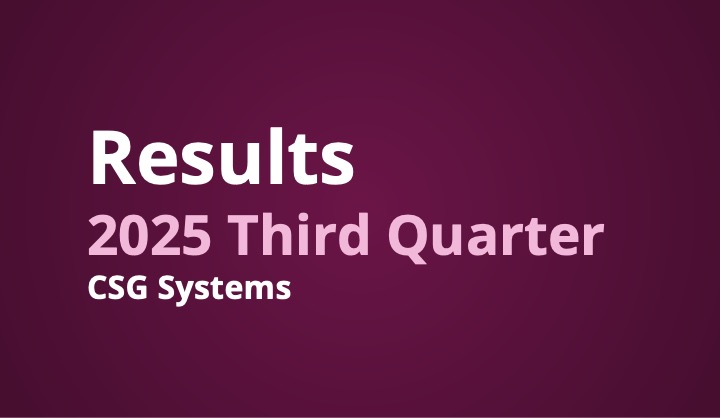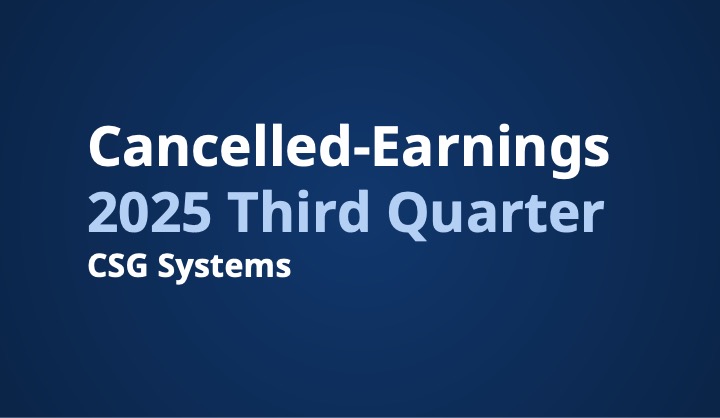The Pressure Behind the Build
Fiber is no longer the future—it’s the present fueled by billions in funding, unprecedented infrastructure acceleration and increasing consumer demand.
But launching a fiber network is only the first step.
For CIOs and CTOs, the real challenge comes next: delivering the systems, integration and operational scale needed to monetize and grow sustainably—without falling into a trap of costly rework.
In short: how do you scale without rebuilding your tech stack?
When Speed Undermines Sustainability
To move quickly, many fiber providers lean on what’s available: legacy systems, partial integrations or tools borrowed from traditional broadband and cable models.
These approaches may get the first market launched. But cracks appear as scale sets in:
-
- Billing isn’t aligned with field readiness
-
- Activations rely on manual coordination
-
- Data flows between care, billing and provisioning become fragmented
-
- Subscriber experience varies across markets or systems
-
- Upgrades, patches and migrations create operational risk
What starts as a short-term workaround often becomes a long-term constraint.
And for many CIOs, the cost of catching up later—financially and strategically—is far higher than getting it right the first time.
Why Fiber Operations Demand a Different Strategy
Fiber growth is high-velocity.
New markets open quickly. Subscriber demand builds fast. Competitive pressure is immediate.
That velocity requires a technology foundation that is:
- Composable – so modules can plug into existing ecosystems
- SaaS Cloud-based – to reduce infrastructure overhead and improve deployment speed
- Subscriber-centric – built around real-time customer engagement and lifecycle management
- Operationally unified – connecting billing, payments, field service and care from day one
In short, fiber operations need platforms that are designed for fiber—not legacy broadband platforms modified to fit it.
What CIOs Are Re-Thinking
Many technology leaders are stepping back and asking:
- Can we still support growth with what we’ve built—or are we patching the past?
- Will we need to migrate in 12–18 months?
- How easily can our systems support new market activations, partner channels or service tiers?
- Are we building a platform for scale, or a series of workarounds?
The answers are leading more teams to rethink whether the stack that supported go-live is truly the one that can support long-term growth.
What to Look For in a Scalable Fiber Platform
- Time-to-Deploy: Can it go live in 3–4 months, not 12+?
- Unified Functionality: Does it cover field ops, billing, payments and care in one platform?
- Integration Model: Can it connect via modern APIs without major refactoring?
- Migration Reliability: Is there a proven record of migrations without service disruption?
- Scalability: Can it serve tens of thousands of subscribers today—and millions tomorrow?
These aren’t just checkboxes—they’re predictors of cost, complexity and risk as your footprint grows.
Avoiding the Stack Rebuild
CIOs don’t plan to rebuild their stack.
But it happens—often because foundational systems weren’t built with growth, integration or experience in mind.
The better path is a platform that helps you launch quickly, operate cleanly and adapt without disruption.
The long game is clear: systems that enable change will outperform those that require it.
Final Thought
For fiber providers entering or expanding in the market, technology decisions made today will determine flexibility tomorrow.
And for CIOs, that means choosing platforms that not only meet today’s needs—but evolve with the demands ahead.
Avoiding a future rebuild starts now.
Fiber Connect 2025 | CSG – Meet our team in Nashville at Fiber Connect 2025
Turn your fiber build into a growth engine
Capture ROI fast, simplify operations and future-proof your business with CSG Fiber—the platform trusted by leaders.











